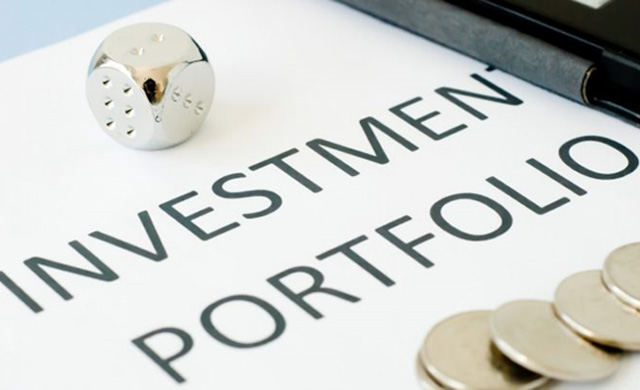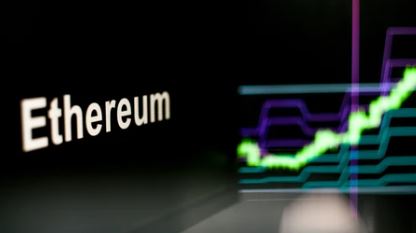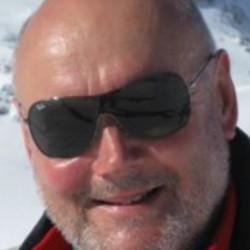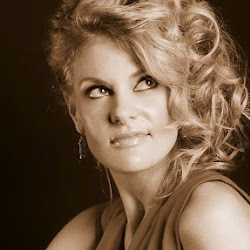The obvious logic of combining the world’s number one content provider and the world’s number one distribution company was discussed by many analysts in the 1990s. There was enormous potential in expanding the geographical area where their products could be offered to countries outside of the USA, particularly for sports and animated entertainment.
Despite talks, Tom Murphy and Michael Eisner of Disney could not come to an agreement. Eisner was willing to offer a generous $19bn for Capital Cities/ABC, but he did not want to exchange shares in Disney – he insisted on a cash purchase. There are two problems with cash: first, capital gains taxes have to be paid by many shareholders (e.g. Berkshire) and second; Capital Cities/ABC shareholders cannot participate in the future success of the combined enterprise. Thus, Murphy rejected the offer.
A casual conversation?
Every year in July there is a gathering of media moguls and other high-powered people from around the world in Sun Valley, Idaho (organised by Herb Allen). It was there that a deal was finally agreed, helped along by Buffett. In his 1995 letter to shareholders he tells us the sequence of events,
“At about 1:15 p.m. on July 14, 1995, Michael Eisner, CEO of The Walt Disney Company, was walking up Wildflower Lane in Sun Valley. At the same time, I was leaving a lunch at Herbert Allen’s home on that street to meet Tom Murphy, CEO of Cap Cities/ABC, for a golf game.
That morning, speaking to a large group of executives and money managers assembled by Allen’s investment bank, Michael had made a brilliant presentation about Disney, and upon seeing him, I offered my congratulations. We chatted briefly – and the subject of a possible combination of Disney and Cap Cities came up. This wasn’t the first time a merger had been discussed, but progress had never before been made, in part because Disney wanted to buy with cash and Cap Cities desired stock.
Michael and I waited a few minutes for Murph to arrive, and in the short conversation that ensued, both Michael and Murph indicated they might bend on the stock/cash question. Within a few weeks, they both did, at which point a contract was put together in three very busy days.
The Disney/Cap Cities deal makes so much sense that I’m sure it would have occurred without that chance encounter in Sun Valley. But when I ran into Michael that day on Wildflower Lane, he was heading for his plane, so without that accidental meeting the deal certainly wouldn’t have happened in the time frame it did. I believe both Disney and Cap Cities will benefit from the fact that we all serendipitously met that day.”
For each share in Capital Cities/ABC Eisner offered one share in Disney plus $65 cash. Shareholders were free to ask for a preponderance of Disney shares or a greater proportion in cash.
On March 5th 1996 Buffett took two envelopes to the Manhattan bankers handling the sale. The first envelope contained Berkshire’s $2.5bn shares in Capital Cities/ABC (20m) to be handed over to Disney.
The second envelope was sealed and the following was written across it “Do not open until 4:30 P.M. on March 7,” (Fortune, Carol Loomis, April 1, 1996). He had told neither Murphy or Eisner whether he want cash or shares until that point. When the envelope was opened it read that Berkshire wanted shares only.
However, that wasn’t to be. So many Capital Cities/A………………To read more subscribe to my premium newsletter Deep Value Shares – click here http://newsletters.advfn.com/deepvalueshares/subscribe-1

 Hot Features
Hot Features













